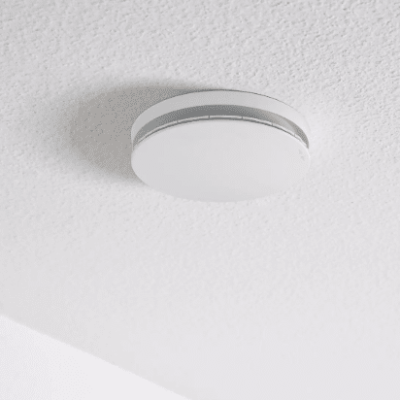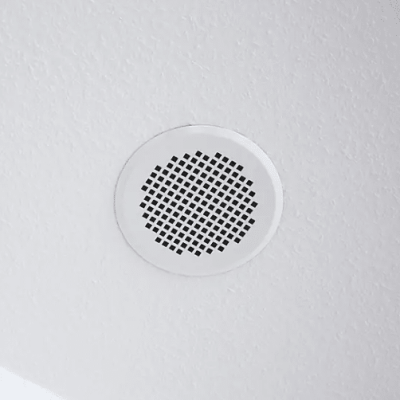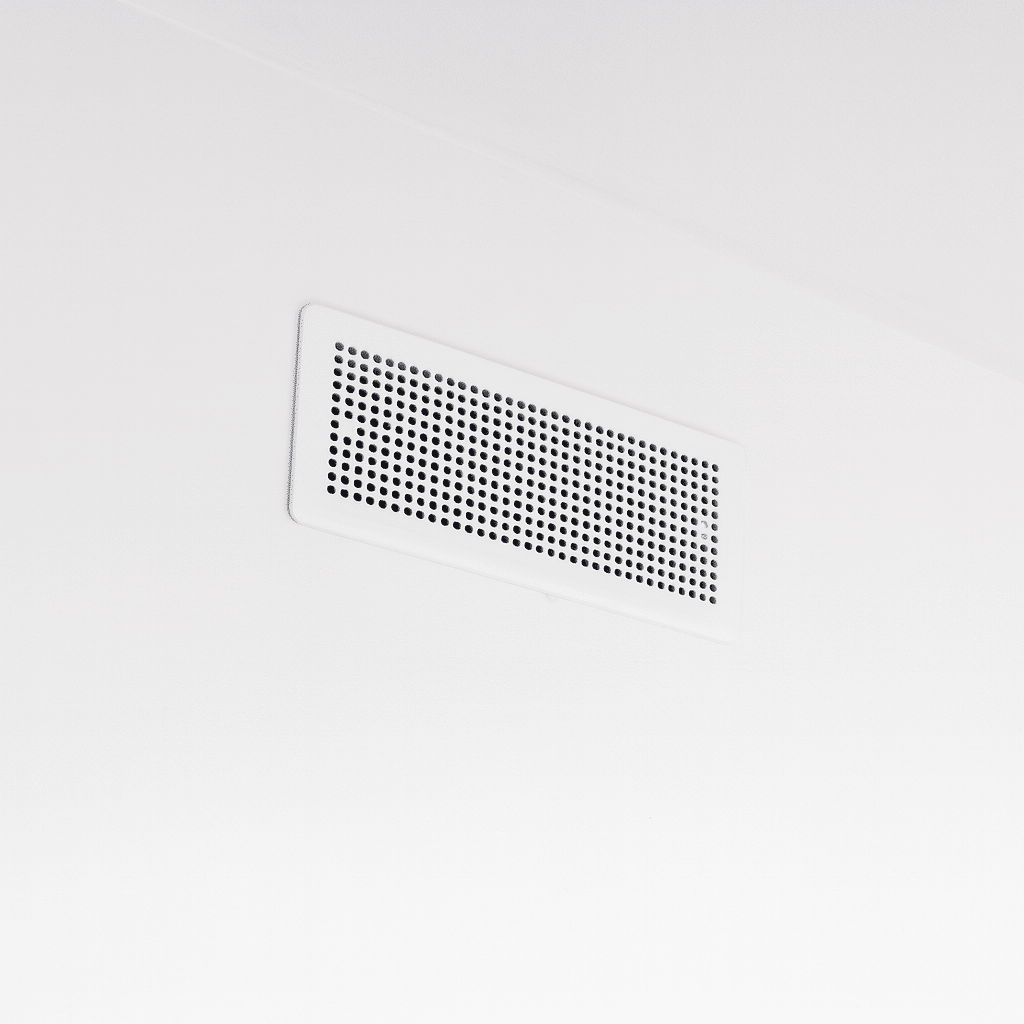What is MVHR and Why Use It?
Mechanical Ventilation with Heat Recovery (MVHR) is a controlled ventilation system designed for modern, airtight homes. Instead of relying on random air leaks, it provides a constant flow of clean, filtered air while recovering heat from the outgoing stale air.
Why it matters:
Keeps your home fresh without opening windows.
Reduces condensation, mould, and indoor humidity problems.
Filters out dust, pollen, and outdoor pollutants.
Saves energy by transferring heat from extracted air to the fresh air coming in.
Creates a consistent, comfortable indoor climate.
In short: MVHR ensures your home is both healthy and efficient.
Centralised vs Decentralised MVHR
There are two main ways to deliver MVHR in a home:
Centralised systems – A single, ducted unit that supplies fresh air and extracts stale air across the whole home. Best for new builds or major renovations.
Decentralised systems – Compact, room-based units (installed in pairs or individually) that provide ventilation without ducting. Perfect for retrofits, apartments, or where space is tight.
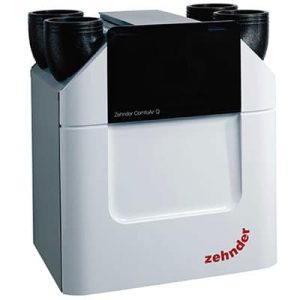
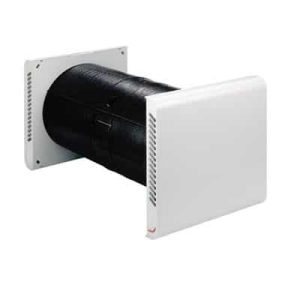
When should we consider MVHR for our project?
MVHR systems provide controlled ventilation and are most effective when installed in properties with good air tightness levels. For the best operation we recommend achieving an air tightness level of at least 5 ACH/hr at 50pa, with an ideal target of below 3 ACH/hr at 50pa.
We believe setting air tightness goals is essential for both new builds and refurbishment projects.
Exploring Your Options
Use the tabs below to learn more about each approach and the products we trust:
Centralised MVHR – Full-home coverage with ducted supply and extract systems.
Decentralised MVHR – Flexible, compact solutions for targeted ventilation.
A centralised MVHR system uses one main unit, usually located in a utility room, ceiling space, or plant area. (Within the thermal envelope), Ducting distributes fresh air to living and sleeping areas, while extracting stale, humid air from bathrooms, laundries, and kitchen
Why choose a centralised system?
Whole-home coverage – one system manages supply and extract throughout the house.
Energy efficiency – high heat-recovery efficiency reduces heating and cooling demand.
Quiet operation – the fan unit is tucked away, with sound-insulated ducts to keep noise out of living spaces.
Cleaner indoor air – filters remove dust, pollen, and outdoor pollution before it enters your home.
Discreet look – only small supply and extract grilles are visible in each room.
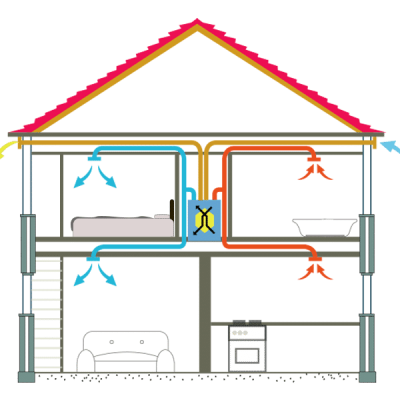
Design considerations
Whilst MVHR systems can be designed to fit into almost any building, there are certain constraints that should be planned for early:
Space for the unit – A centralised unit needs a suitable location, often in a plant room, laundry, or ceiling void, generally within the thermal envelope of the home. The space should allow for access to filters and servicing.
Ducting routes – Supply and extract ducts must be able to run from the unit to each room. These ducts are best kept inside the home’s thermal envelope (within ceilings or service cavities) to prevent heat loss and condensation. The best way to acheive this is to install drop ceilings where the duct will run, if this is not possible the duct can be installed in the roof but will need to be enclosed in insulation to reduce any effect on efficiency.
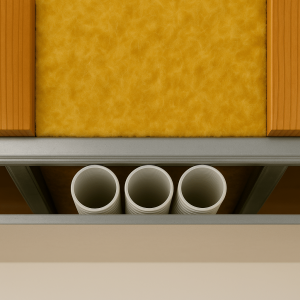
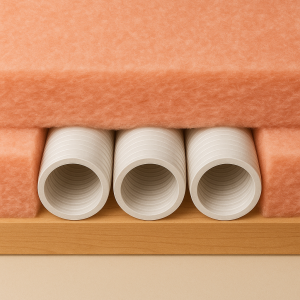
- Noise control – Duct layout and grille placement are important to minimise noise transfer between rooms. Sound attenuators may be used for additional acoustic comfort.
Airflow balance – Supply air is delivered to living areas and bedrooms, while extract air is taken from kitchens, bathrooms, and laundries. Getting this balance right is critical to good performance.
Integration with airtightness – MVHR works best in airtight homes. Blower door testing during construction can help identify leaks and ensure the system performs as intended.
Condensate drainage – Units need a drain connection to manage condensation from the heat exchanger.
Electrical requirements – A power supply is required, usually located close to the unit.
By considering these points during the design stage, both installation costs and future running efficiency can be optimised.
MVHR unit configurations
Centralised MVHR units are available in both horizontal and vertical configurations:
Horizontal units – Typically mounted in ceiling voids or laid down in a plant area. These are a good option when headroom is limited or when the unit needs to be tucked above a laundry or service space.
Vertical units – Installed standing upright in a cupboard, laundry, or plant room. They provide easier access for filter changes and servicing, and often suit homes with more cupboard or utility space.
Choosing between horizontal and vertical comes down to available space and service access. We work with you to select the right configuration early in the project.
Products we use
With over 6 years of experience supplying and installing MVHR in South Australia we have been lucky to work with the major brands on the Australian market.
- Zehnder – A global leader in ventilation technology, Zehnder systems set the benchmark for efficiency, reliability, and comfort. Widely used in Passive House projects, their units are known for quiet operation and advanced heat recovery.
- Sabik – Compact and versatile, Sabik systems are ideal when space is limited but high efficiency and reliability are still essential.
- Aerofresh – Designed with Australian homes in mind, Aerofresh systems offer robust performance, flexible sizing, and durable build quality.
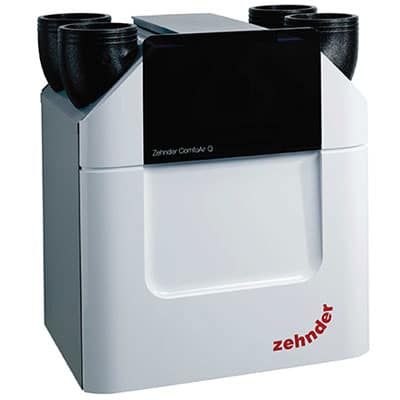
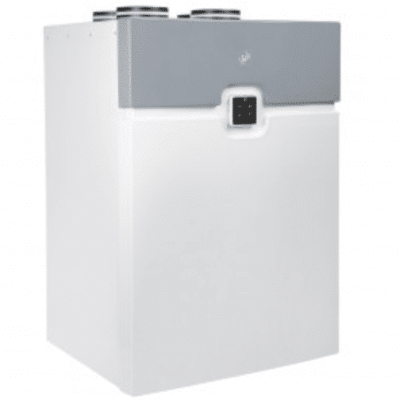
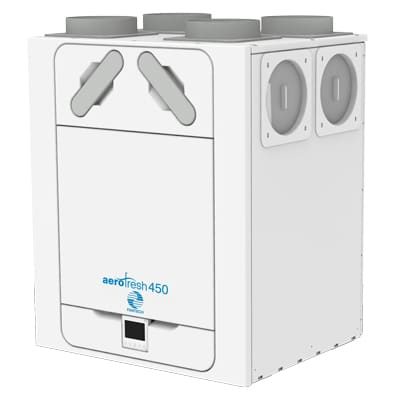
Boost Switches & Bathroom Fans
With a centralised MVHR system, you don’t need separate bathroom exhaust fans. The system continuously extracts stale, humid air from bathrooms, laundries, and kitchens — keeping moisture and odours under control.
For times when extra ventilation is needed (like showers), boost switches can be installed. These allow you to temporarily increase the airflow at the push of a button or via a timer, quickly clearing steam and humidity.
This not only removes the need for noisy bathroom fans but also keeps the home airtight, since you don’t need holes in the building envelope for separate exhaust systems.
External Grilles
When finishing an MVHR system, you’ll need to decide how the supply (fresh air in) and exhaust (stale air out) leave the building.
- Combined Grilles
These have both intake and exhaust built into one neat unit. While they still require two duct penetrations behind the façade, the external appearance is tidier. They’re carefully engineered with baffles and internal separation to minimise cross-flow between the two air streams.
- Separate Grilles
With single grilles, the intake and exhaust are fully independent. This allows complete flexibility in placement — for example, positioning the intake on the cleanest side of the home away from driveways or exhaust vents.
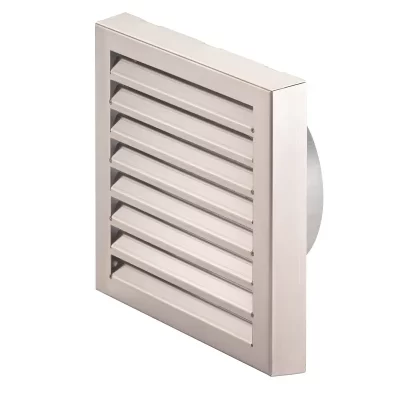
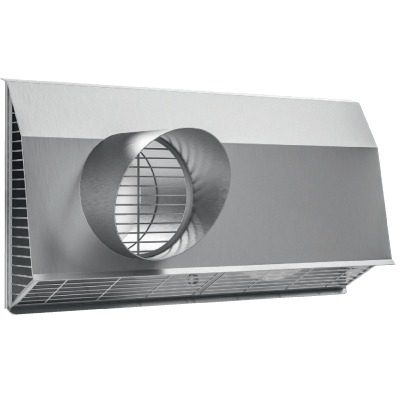
Decentralised MVHR systems provide ventilation on a room-by-room basis, without the need for ducting. Units are usually installed through an external wall, working in pairs or individually to bring in fresh air and extract stale air.
Why choose decentralised?
Ideal for retrofits and apartments – simple to install with minimal disruption.
No ductwork required – each unit operates directly through the wall.
Flexible installation – start with key rooms and expand later if needed.
Balanced ventilation – units work in a push-pull cycle, recovering heat as air flows in and out.
Products we use
We trust proven decentralised systems designed for quiet, efficient operation:
- Zehnder – offering decentralised options alongside their centralised systems, combining premium build quality with proven Passive House performance.
- Lunos – German-engineered units known for high efficiency and discreet design.
Aerofresh – compact decentralised units suited to Australian conditions, offering reliable performance in a simple package.
Decentralised MVHR is best if you:
Are upgrading an existing home or apartment.
Don’t have the space for ductwork.
Want a flexible, staged approach to whole-home ventilation.
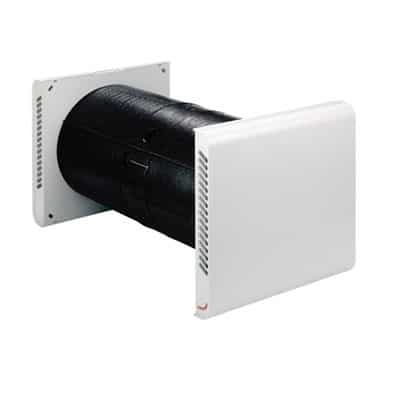
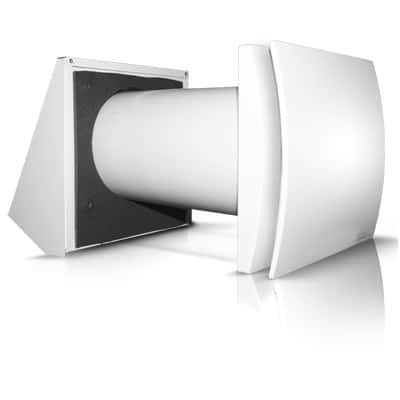
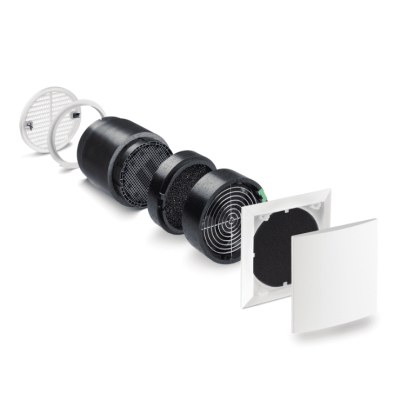
Internal Grilles
Inside the home, MVHR systems use discreet supply and extract grilles to move fresh air in and stale air out. While they might look simple, the design and placement make a big difference to both comfort and performance.
